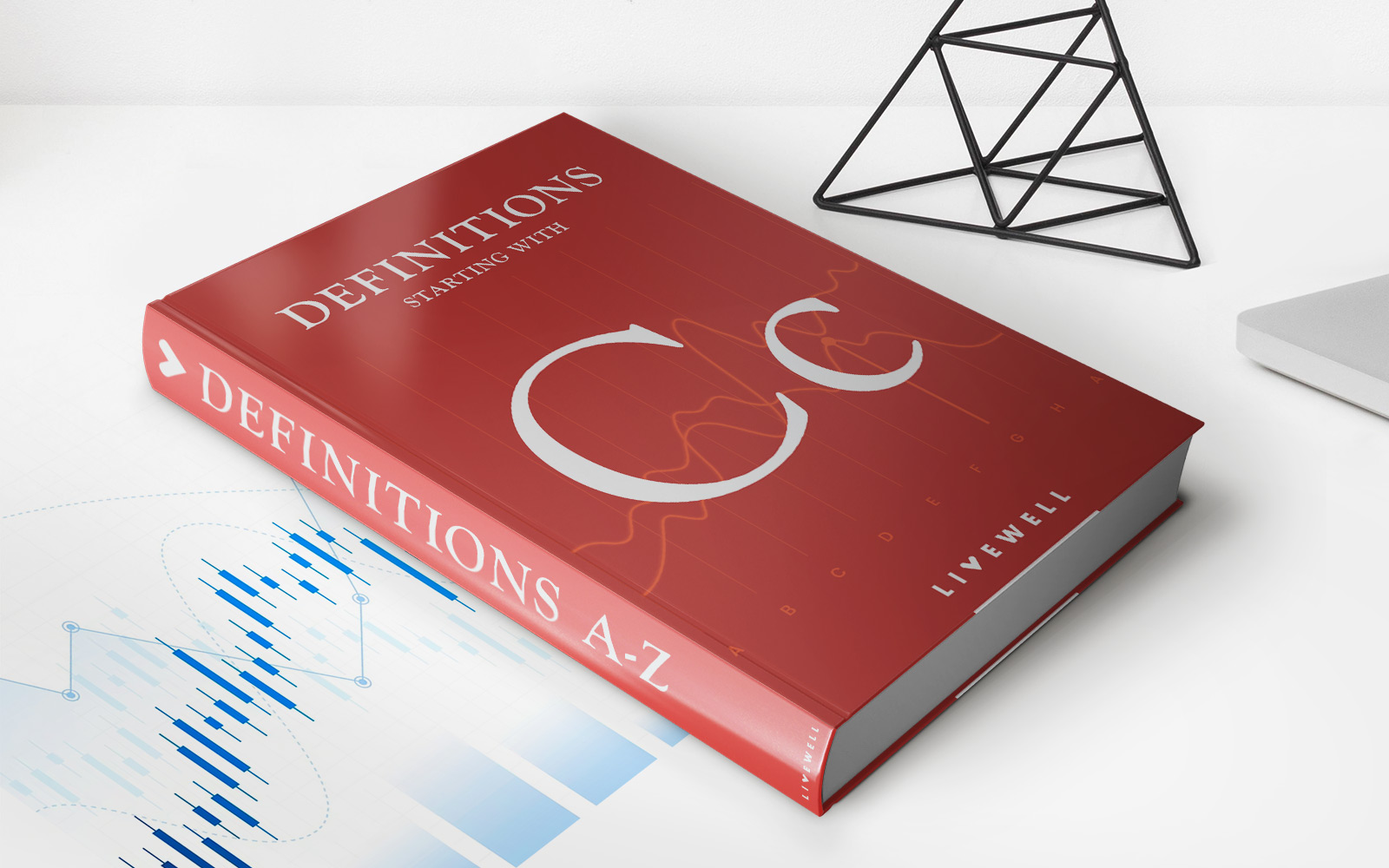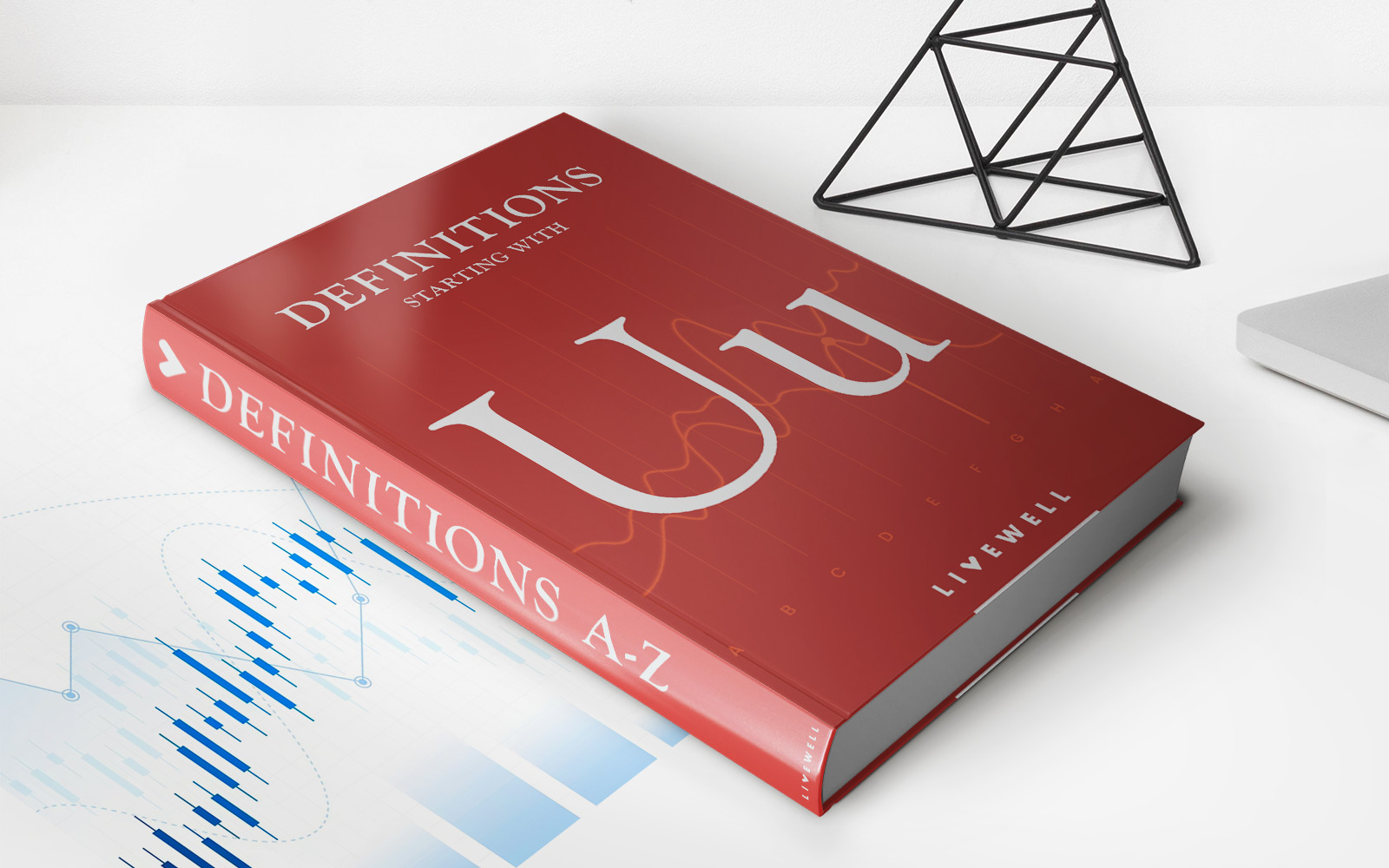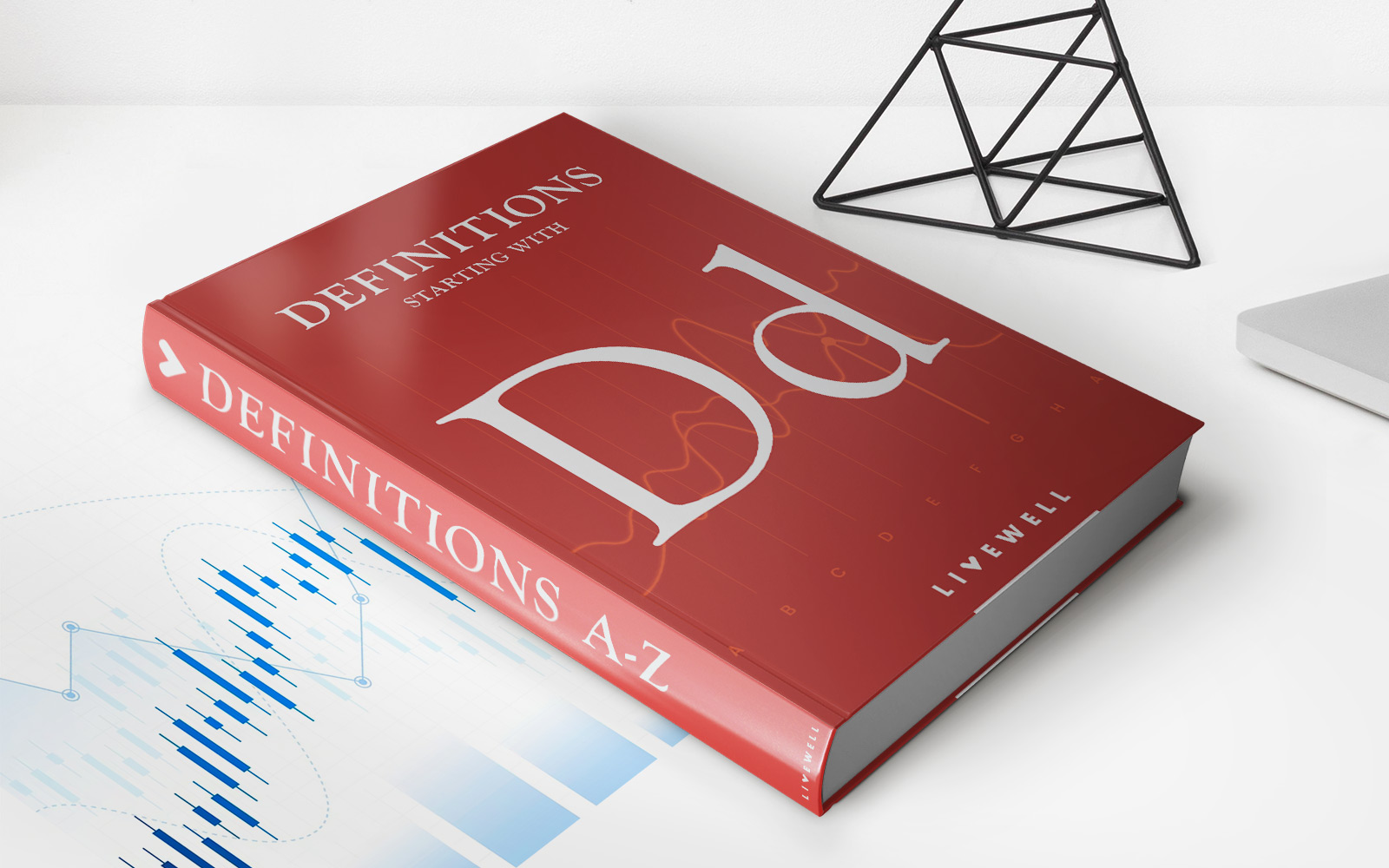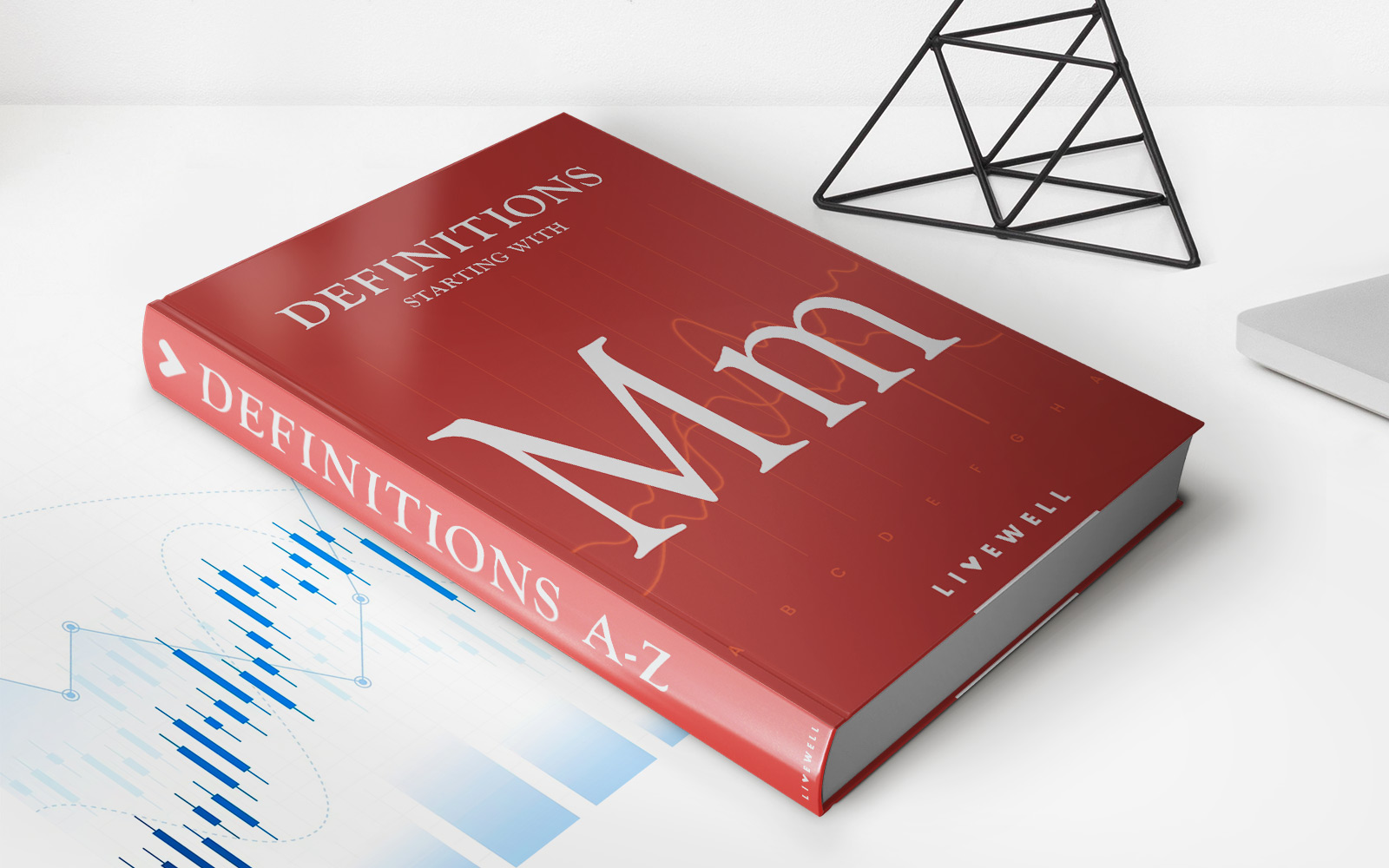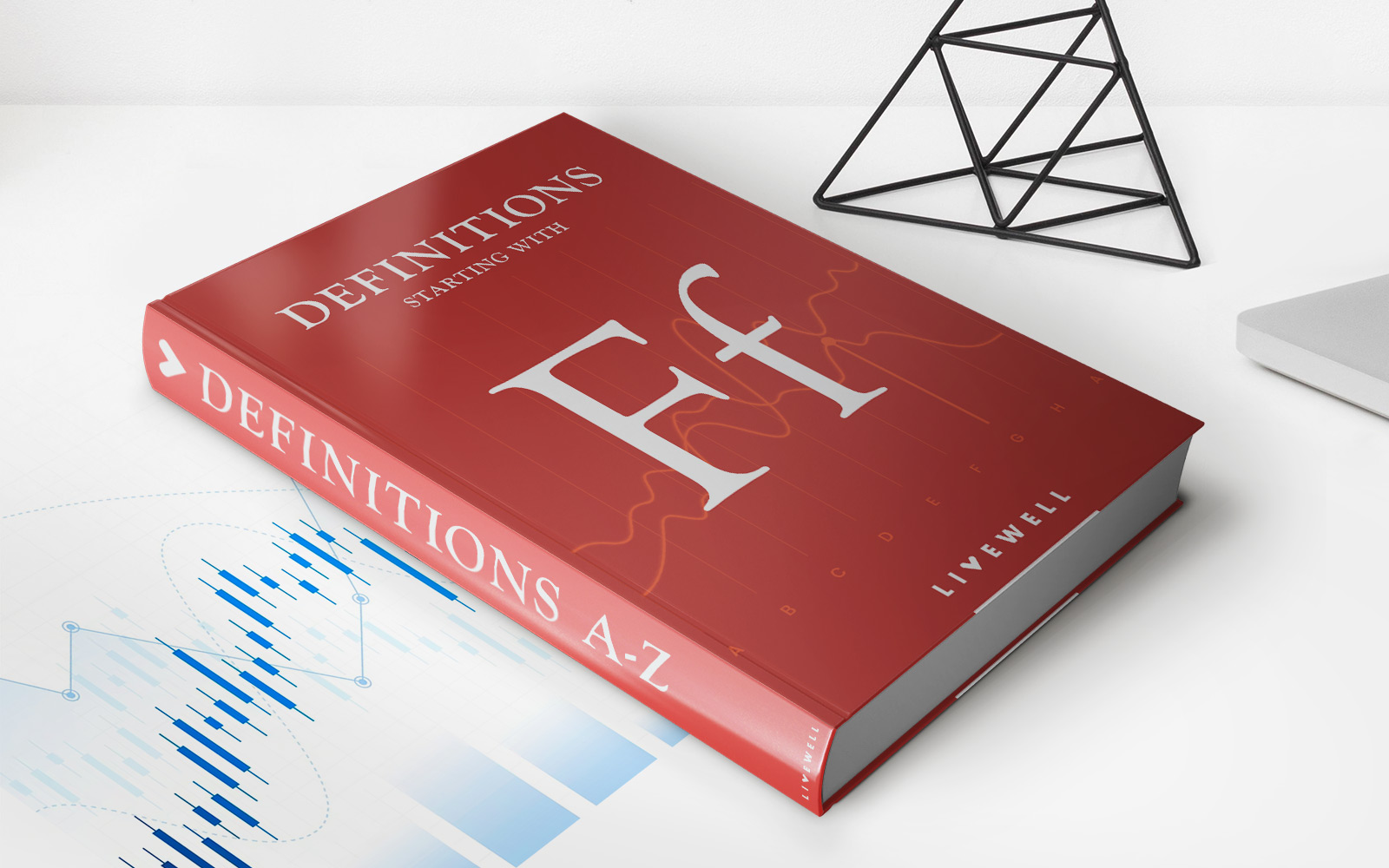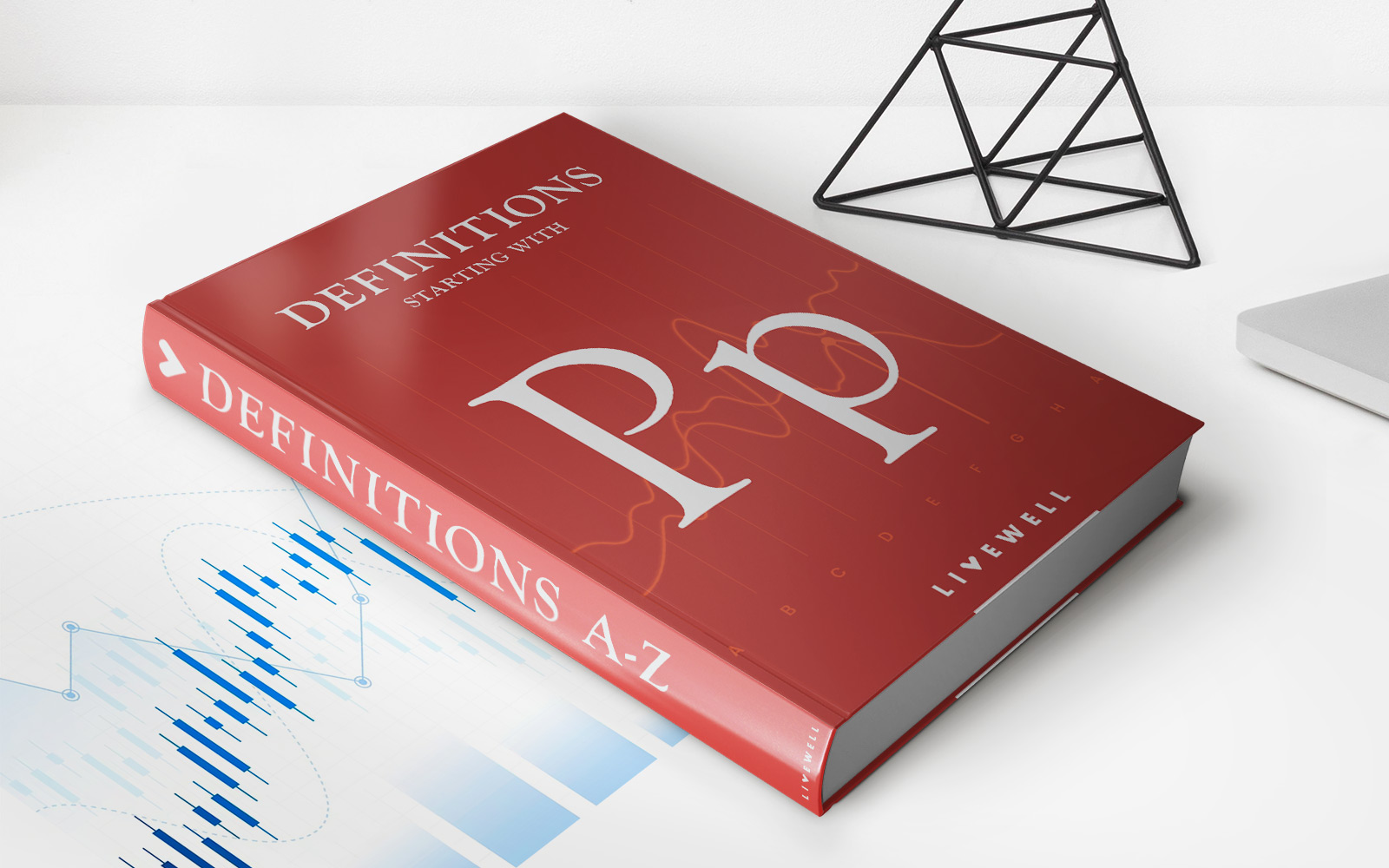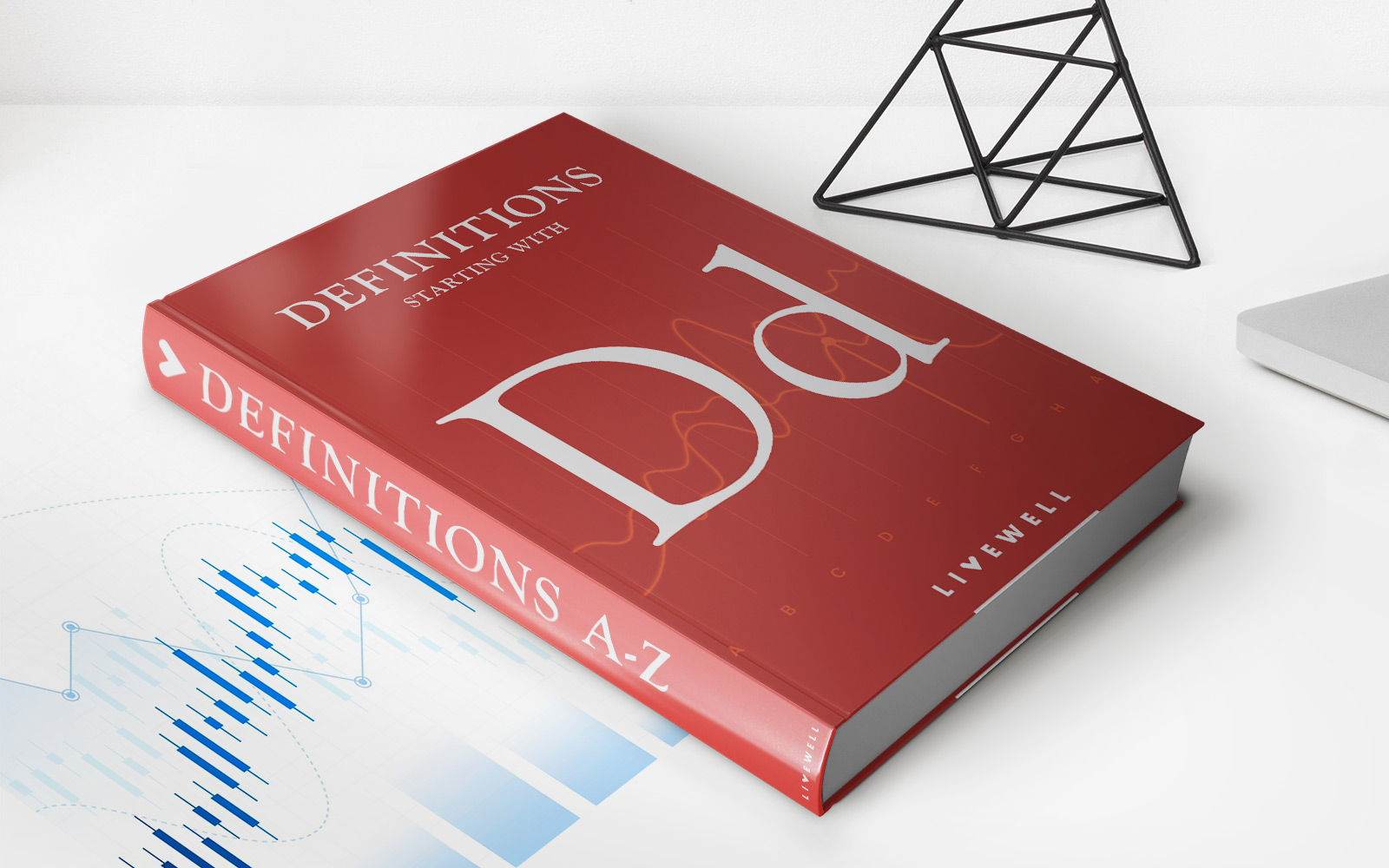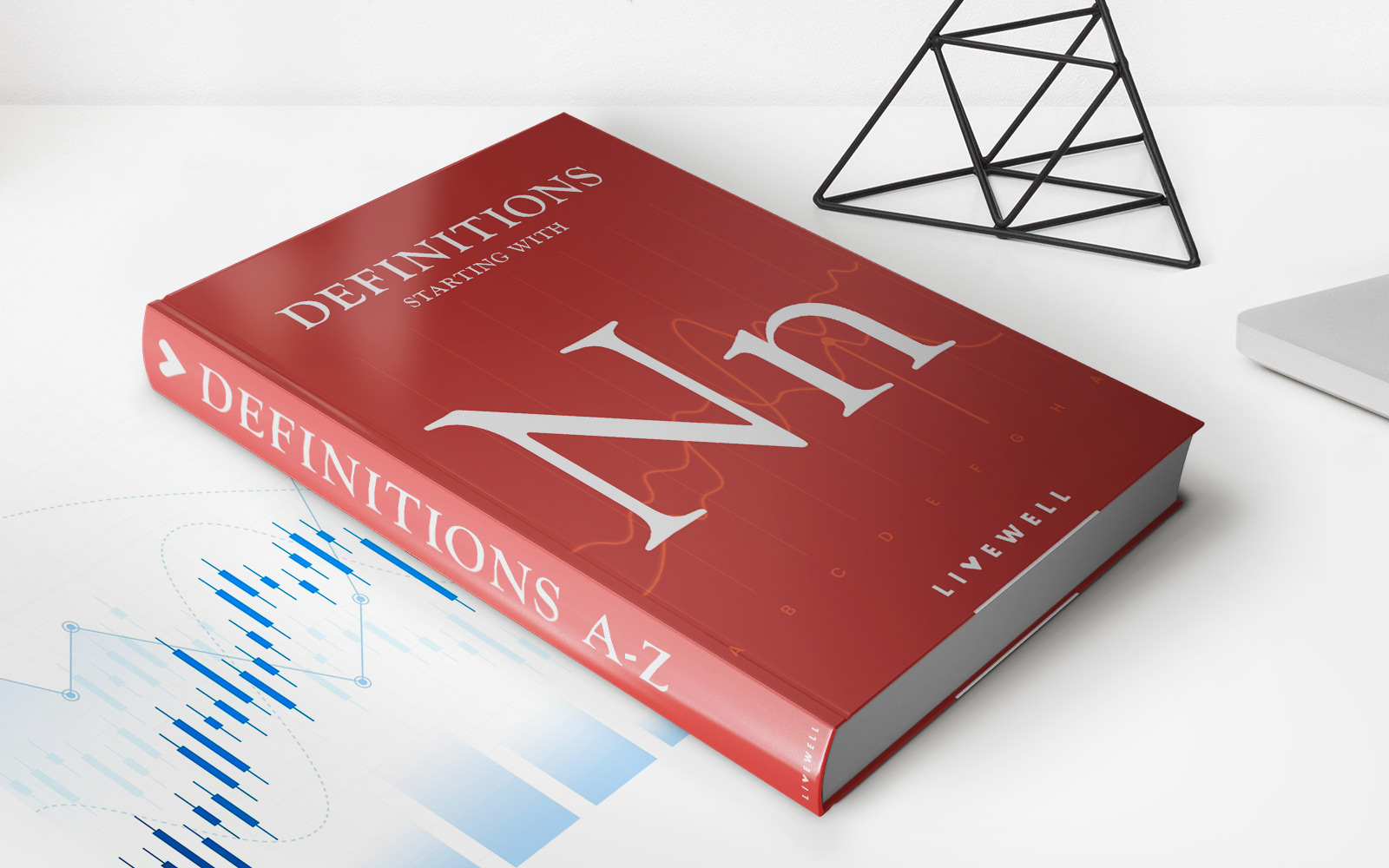Home>Finance>Maastricht Treaty: Definition, Purpose, History, And Significance


Finance
Maastricht Treaty: Definition, Purpose, History, And Significance
Published: December 21, 2023
Learn about the Maastricht Treaty in finance: its definition, purpose, history, and significance in shaping European economic integration.
(Many of the links in this article redirect to a specific reviewed product. Your purchase of these products through affiliate links helps to generate commission for LiveWell, at no extra cost. Learn more)
The Maastricht Treaty: Definition, Purpose, History, and Significance
When it comes to understanding the complexities of international finance and economics, it’s important to have a comprehensive understanding of key historical moments and agreements. One such agreement that holds immense significance is the Maastricht Treaty. In this blog post, we will explore the definition, purpose, history, and significance of the Maastricht Treaty, shedding light on how it has shaped the financial landscape we know today.
Key Takeaways:
- The Maastricht Treaty established the European Union (EU) and introduced the Euro as the single currency for participating member states.
- It aimed to promote economic and political integration among European nations and strengthen cooperation in areas like trade, finance, and defense.
What is the Maastricht Treaty?
The Maastricht Treaty, also known as the Treaty on European Union, is a significant agreement that was signed in Maastricht, the Netherlands, on February 7, 1992. This treaty laid the groundwork for the establishment of the European Union (EU) and introduced the Euro as the single currency for participating member states.
The Purpose of the Maastricht Treaty
The primary purpose of the Maastricht Treaty was to promote economic and political integration among European nations. It aimed to create a more united Europe by fostering cooperation in various key areas, including trade, finance, and defense. The treaty aimed to establish a framework for closer collaboration and interdependence among member states, ultimately leading to a stronger European community.
The History of the Maastricht Treaty
The Maastricht Treaty was the result of a long-term effort to further European integration. Its origins can be traced back to the Rome Treaties of 1957, which established the European Economic Community (EEC). Over the years, the EEC evolved, and the idea of creating a more comprehensive union gained traction.
In 1992, representatives from the member states gathered in Maastricht to negotiate and finalize the treaty. Despite the challenges and divergent views, the treaty was successfully signed. It came into force on November 1, 1993, and marked a significant milestone in the European integration process.
Significance of the Maastricht Treaty
The Maastricht Treaty has had a profound impact on the European financial landscape. Here are some key factors that underline its significance:
- Economic Integration: The treaty aimed to create an Economic and Monetary Union (EMU) among member states, with a central objective of introducing the Euro as a single currency. This led to the adoption of the Euro in participating countries, simplifying cross-border trade, fostering economic stability, and facilitating easier monetary transactions.
- Political Integration: Besides economic integration, the Maastricht Treaty also aimed to enhance political cooperation among member states. It established the European Union as a supranational organization, with shared decision-making processes and institutions. This has promoted a sense of unity and collaboration among European nations, enabling them to address common challenges more effectively.
- Expansion of the EU: The Maastricht Treaty paved the way for the accession of new member states, allowing the European Union to grow from its original six members to the current 27. This expansion has brought increased diversity, economic opportunities, and geopolitical influence to the European Union.
- Increased Influence on the Global Stage: The Maastricht Treaty strengthened the European Union’s role as a global player. It provided a framework for common foreign and security policies, enabling the EU to speak with a more unified voice on international issues. This consolidated influence has given the EU greater leverage in global trade, diplomacy, and defense matters.
In Conclusion
The Maastricht Treaty continues to shape the European Union and the broader financial landscape. By promoting economic and political integration, it has fostered cooperation, stability, and growth among member states. With the Euro as a symbol of unity, the treaty has had a lasting impact on Europe’s economic and geopolitical position. Understanding its definition, purpose, history, and significance is crucial in comprehending the forces that have shaped the world of finance in recent decades.
